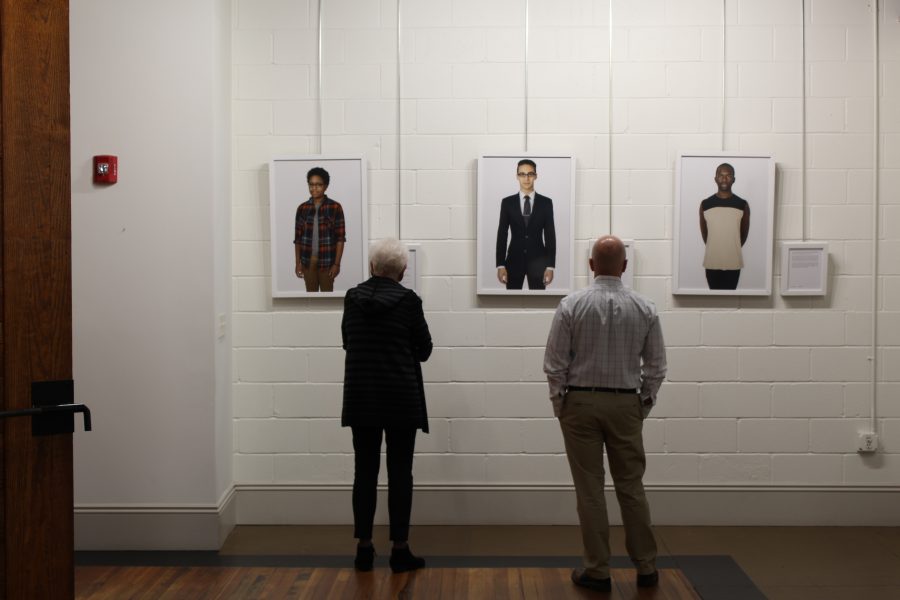Last night, the University Gallery sponsored Dr. John Howard of King’s College at the University of London’s lecture entitled “Picturing Queer Souths.” The lecture marked the opening of the Dinah Washington Cultural Arts Center’s new gallery entitled, “Publicly Identified,” a gallery dedicated to queer life in Tuscaloosa and the South as a whole.
Howard’s lecture highlighted important parts of queer photography, going as far back as 100 years in the history of queer photography. Dr. Howard opened his lecture with a handful of questions, including, “Is queer photographic representation limited to LGBT portraiture?” and “Can there be a queer still life?”
In addressing queer portraiture, Howard spoke of Caitlyn Jenner’s coming out photo in Vanity Fair.
“And I guess we all know that Caitlyn Jenner … is really not in this for the community,” Howard said. “She’s in it for the money.”
He said the portrait does not count as an LGBTQ+ portrait due to the lack of transparency on the part of both Caitlyn Jenner and the photographer Annie Leibowitz.
Throughout the lecture, Howard highlighted a variety of LGBTQ+ experiences through a wide range of photographs. General themes within queer portraiture included the collaborative process within queer portraiture, undoing and redoing family, physique photography in the 1950s, inscribing queer eroticism and BDSM photography.
Howard provided a short analysis of each photograph shown. In his analysis of Catherine Opie’s photograph “Oliver in a Tutu,” Howard emphasized the use of light in the domestic setting of the photo to highlight the gender bending nature of the photo.
“[It is] just a lovely, kind of domestic setting, in which a young person is fully allowed … to experiment with gender. Indeed, it’s beautiful,” he said.
Other topics emphasized in Howard’s lecture included queer activism, cruising culture in Tokyo and New York City, the idea of the queer still life, and queer abstraction and landscapes. On the topic of the queer still life, Howard highlighted the work of Paul Harfleet in his Pansy Project. Harfleet’s Pansy Project focuses on planting pansies in the sites of gay bashing around the world, and photographing the pansies.
Howard ended his lecture with the conclusion that subjects as abstract as queer abstraction, queer still lifes, and queer landscapes are entirely valid sub-genres of art.
“LGBTQ portraiture can be endlessly queered,” he said. “Queer still life asks harrowing questions about the life-and-death stakes of inaction.”
Sarah Montgomery, a supervisor for the Arts Center and a recent University graduate, said the value of exhibits like Publicly Identified are crucial to maintaining a safe environment at the University.
“I think for a school that has as many kids and as many activities and as many groups and organizations (as the University does) that it’s very important for students to feel like they have something and somewhere to go,” Montgomery said.
Lisa Beck, a psychologist working in Richmond, Virginia and a University of Alabama graduate, found the lecture and adjoining exhibit to be critical to the development and protection of the University’s LGBTQ community.
“I think sometimes that there’s this misconception of the deep south that LGBTQ folks aren’t here, and that even at Alabama we’re not here,” Beck said. “But we’ve been here for a while now, doing some really tough work.”







